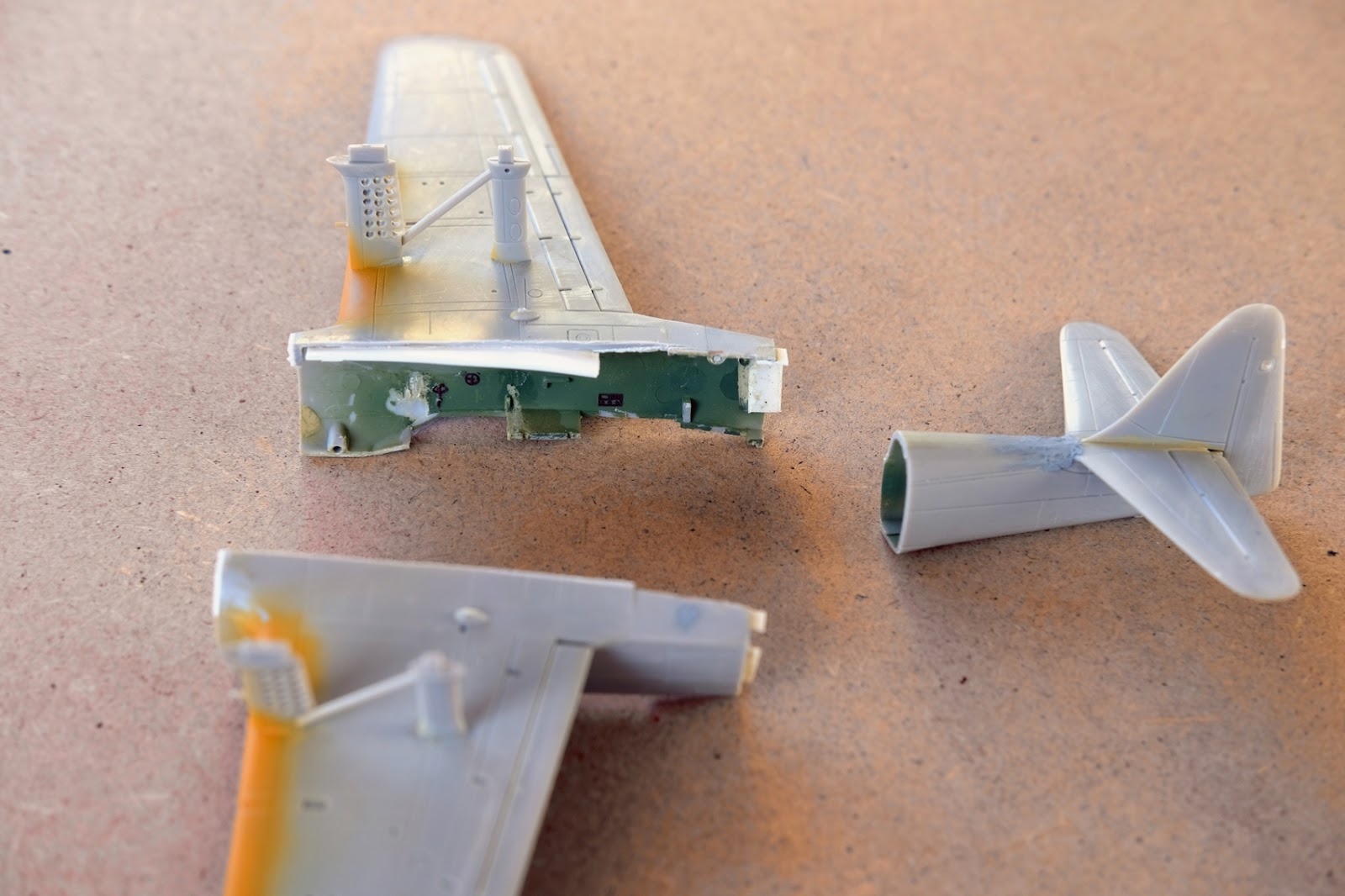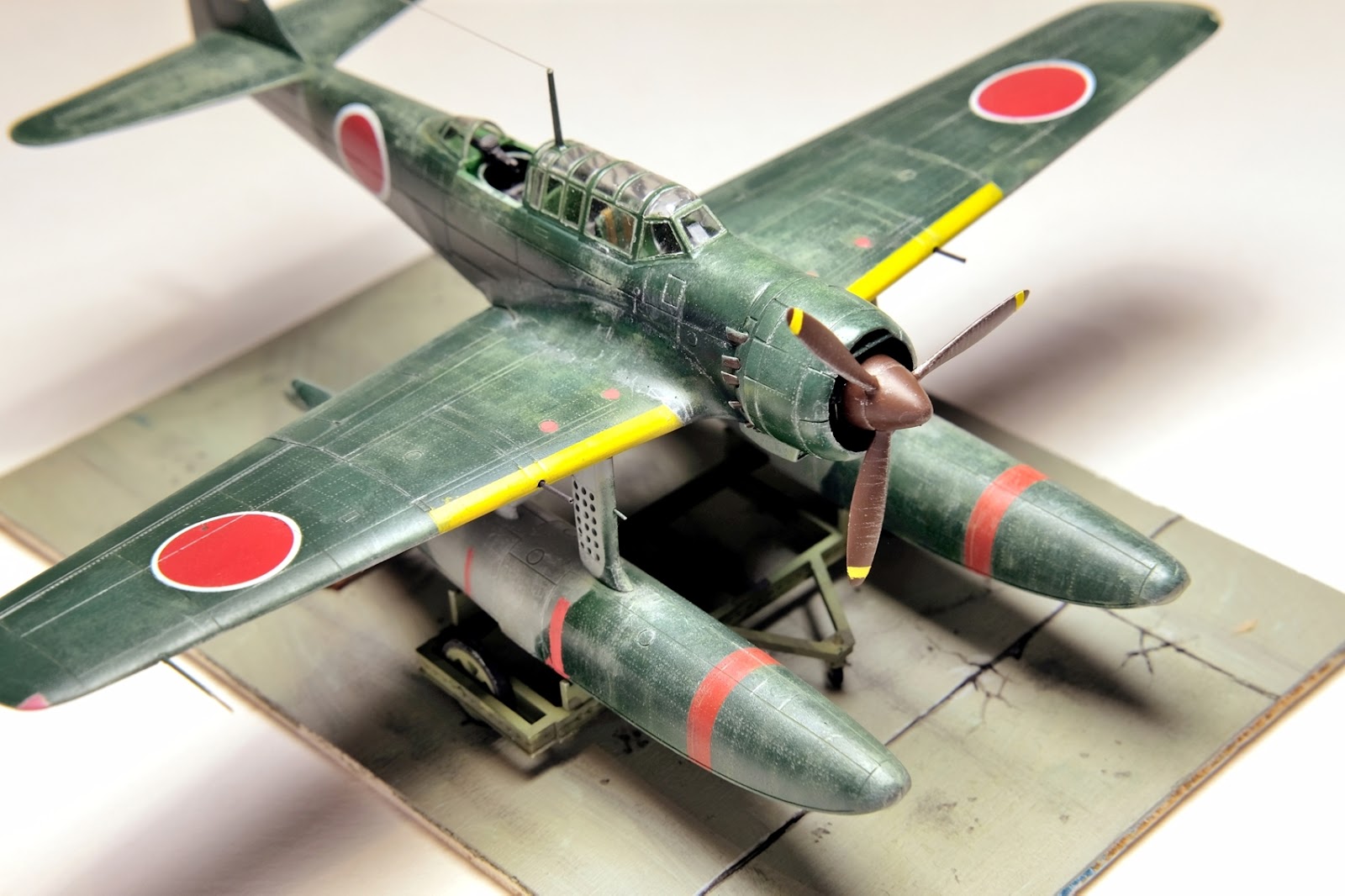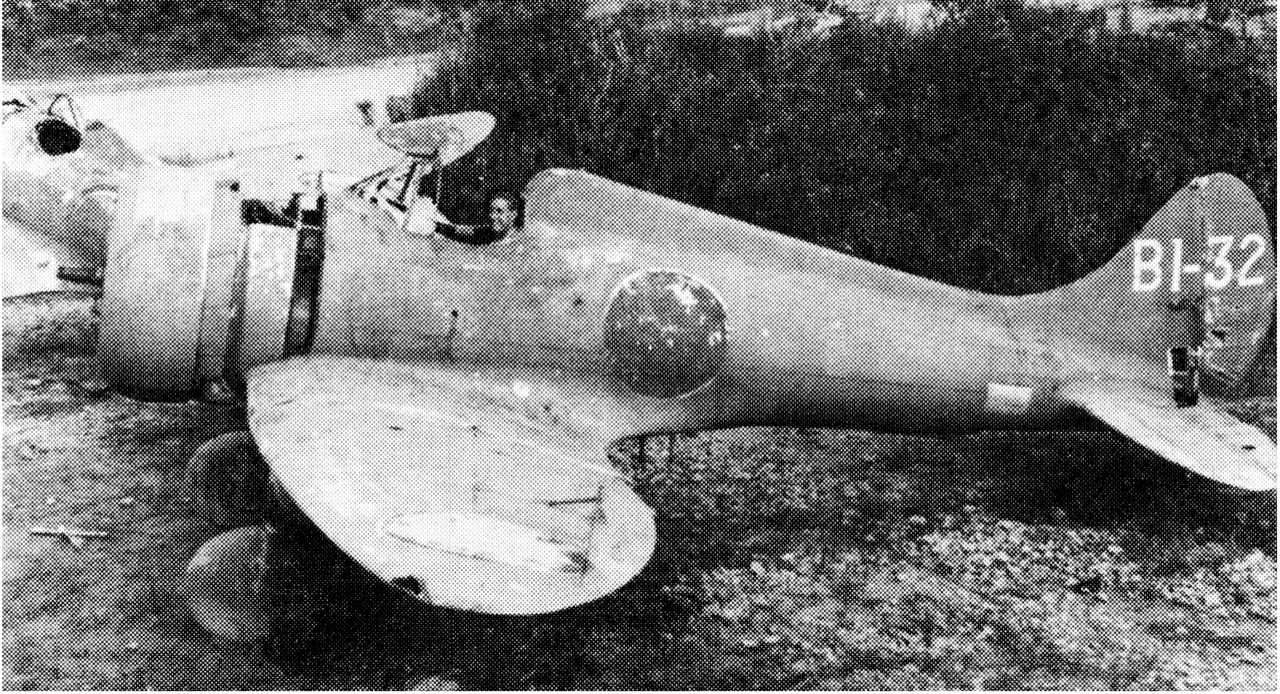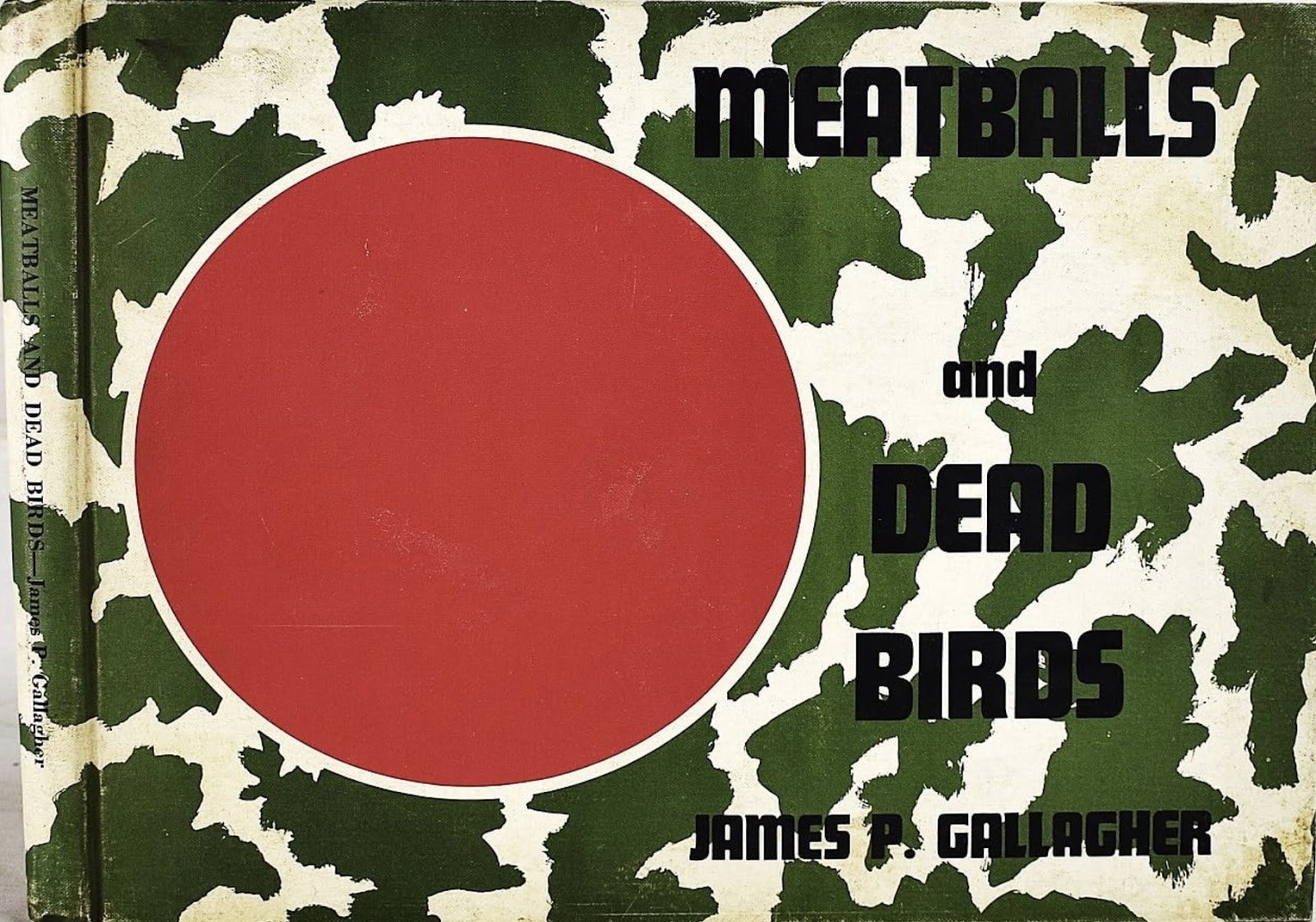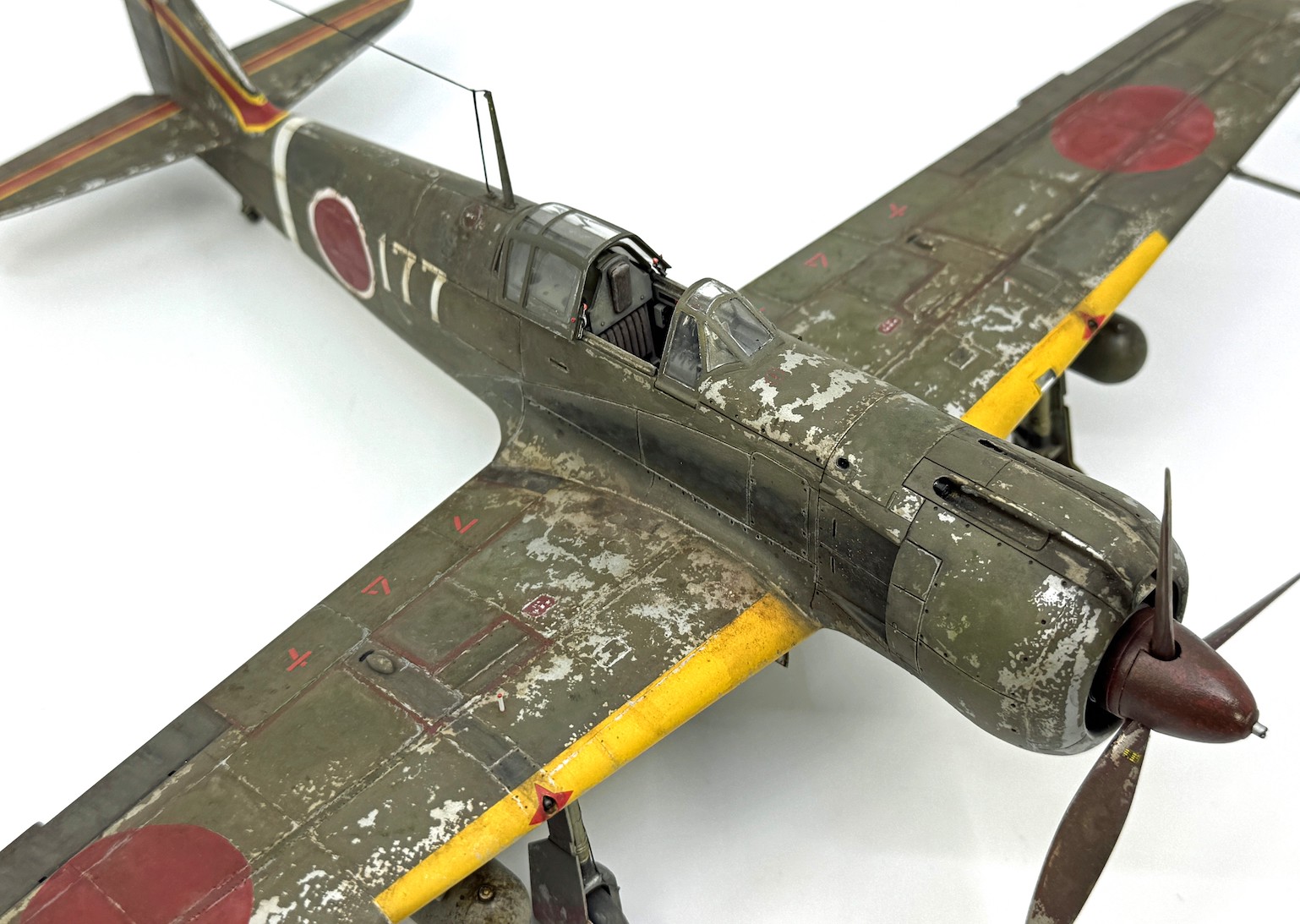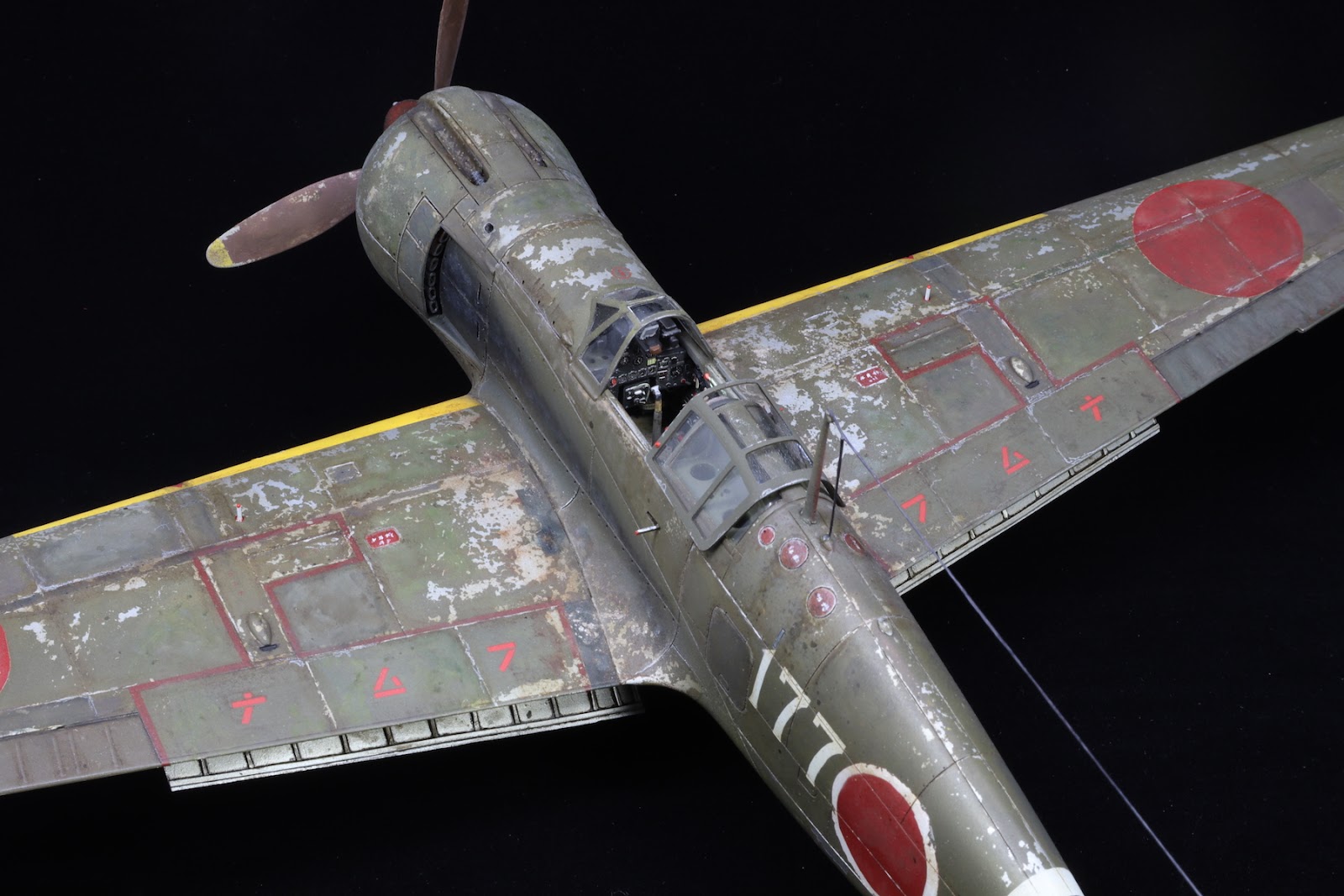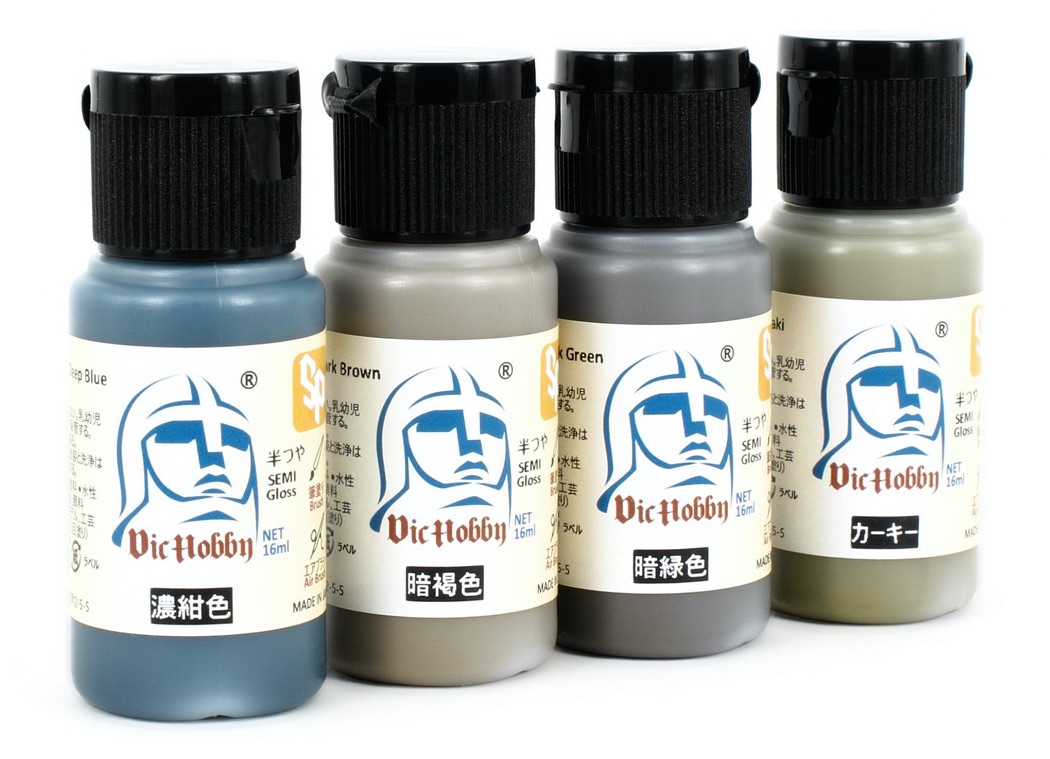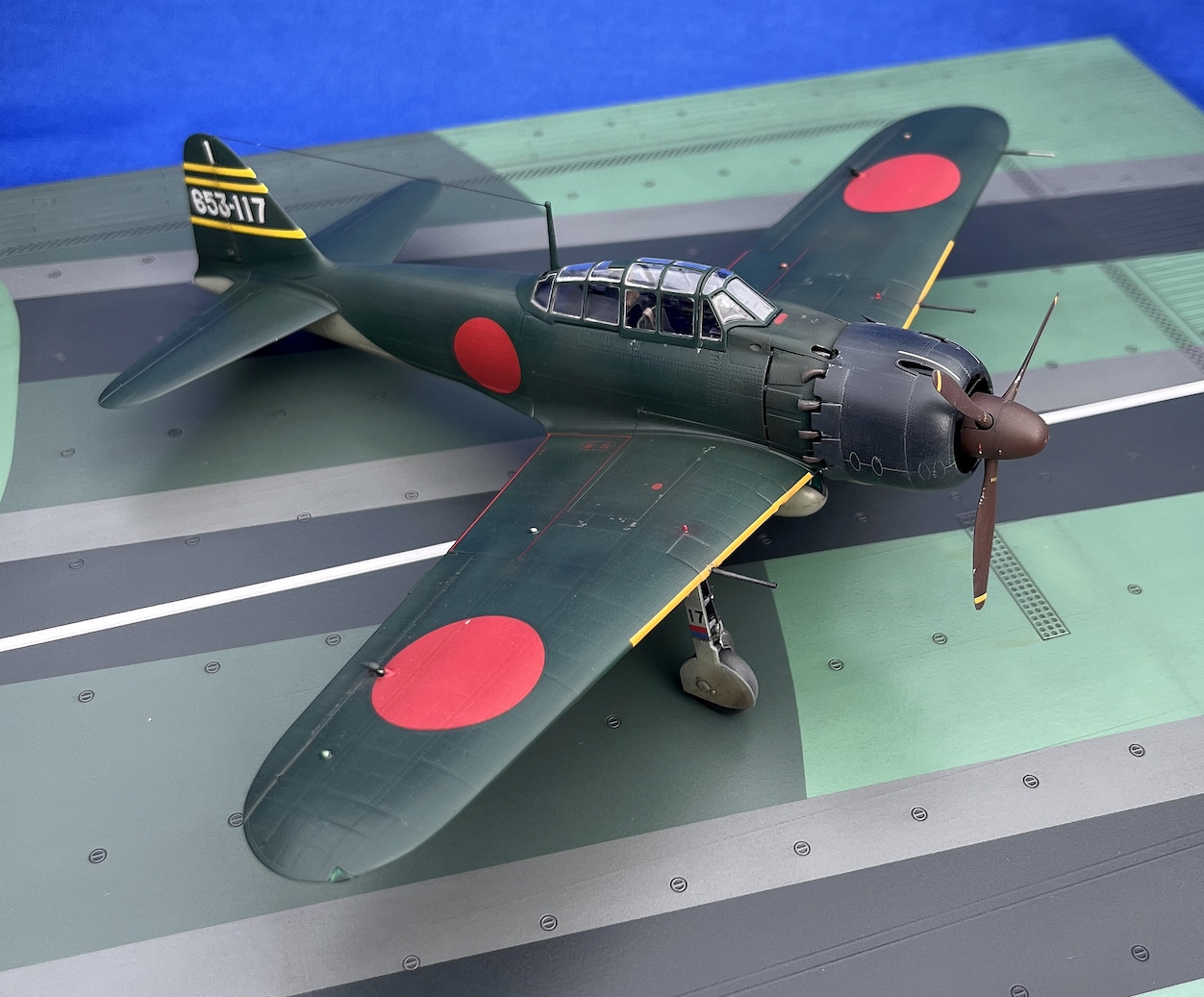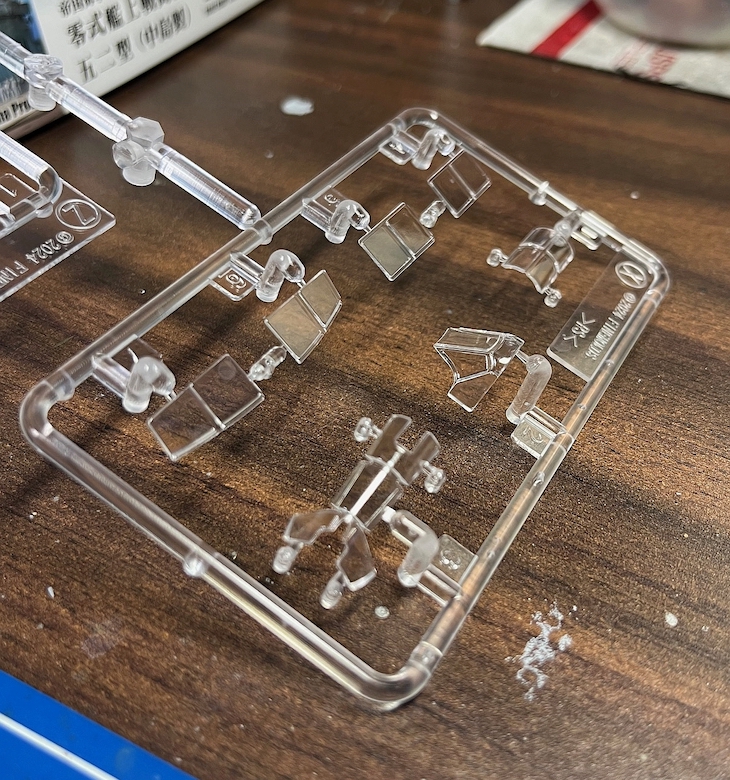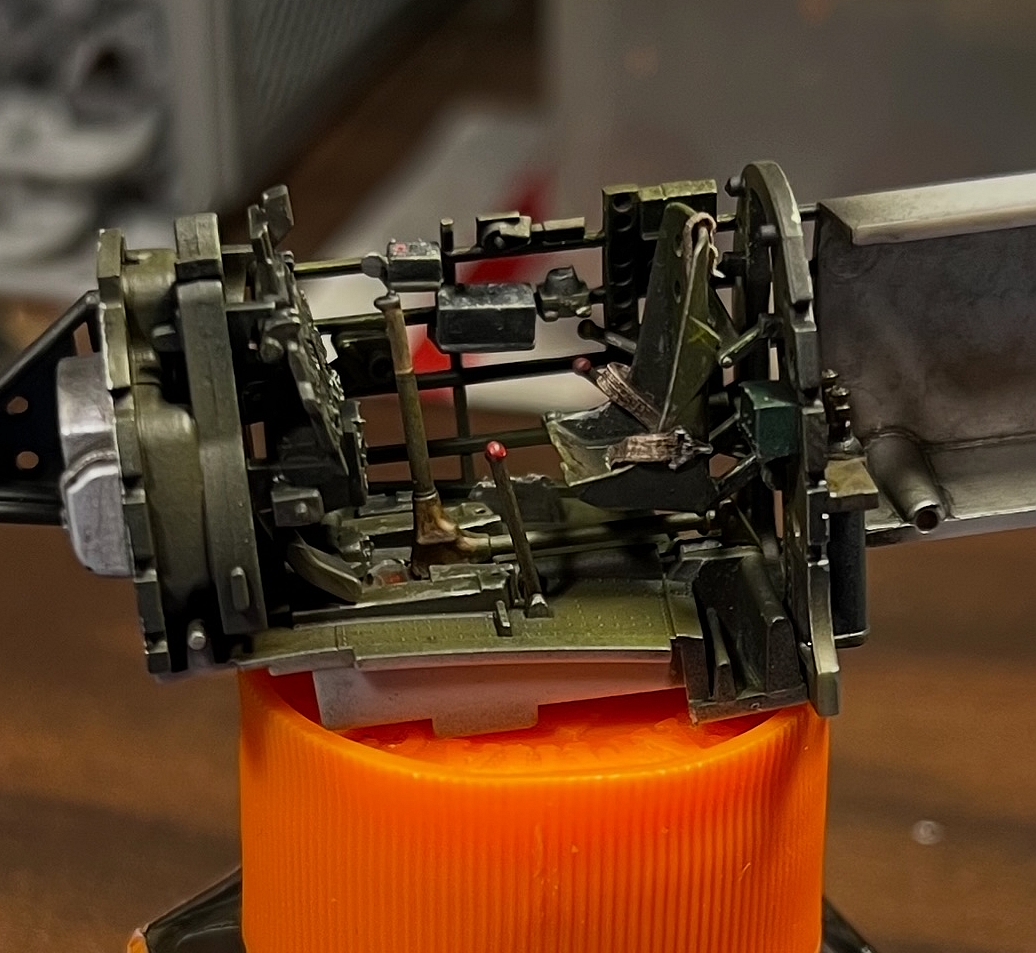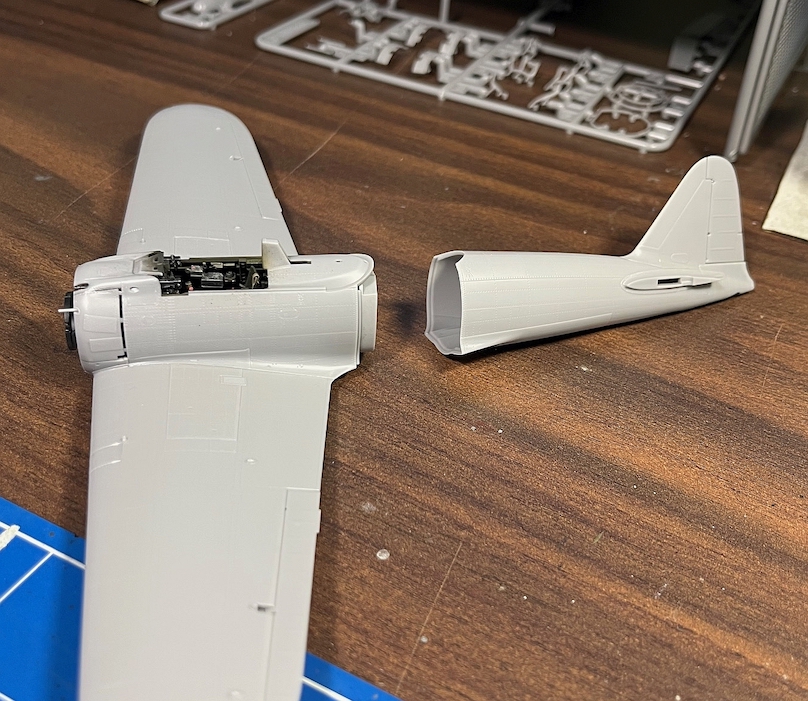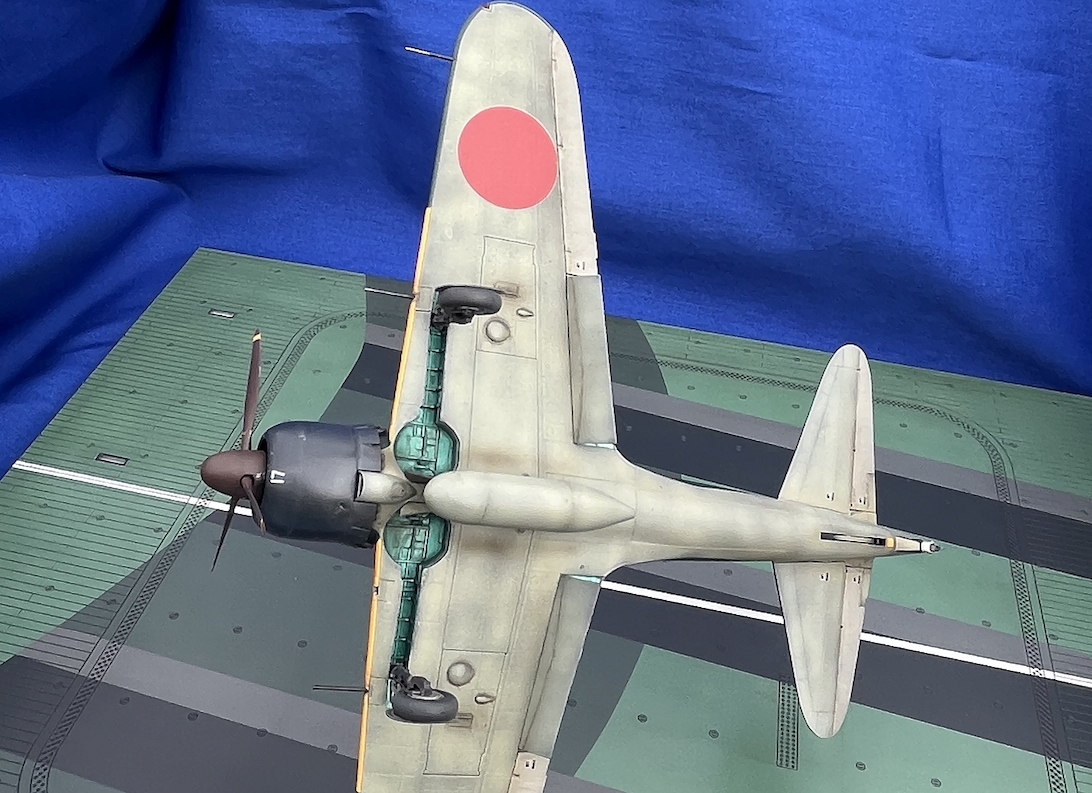It is a delight to present these images and notes of a painstaking build of the Fujimi Aichi E16A1 Zuiun kit in 1/72 scale by Danilo Renzulli, achieving a brilliant result. This was a partial reconstruction of the Fujimi kit released in 1998 that Danilo had purchased shortly afterwards. He began building the model in the early 2000s but halted the process mainly because there was a significant issue with the wings to fuselage joint and also due to lack of suitable reference documentation. However the basic assembly was there and so it remained for a long time . . . Danilo writes:-
'Last summer I decided, along with other unfinished models, to give it a go - the model was almost completely dismantled and the interior fixed by squeezing in the resin cockpit assembly from the Special Hobby kit which I had recently purchased online. Plundering the SH kit was nearly a shame but that kit had some dimension problems in the cowling and front fuselage area so I decided to sacrifice it to have a decent representation in my Fujimi model. In the cockpit stub the machine gun housing was built from scratch with some plasticard, some other parts recovered from the spare parts stock, the instrument panel also from the SH kit's photo-etch sheet and the seatbelts from Eduard. Some adjustments were necessary to properly fix the resin stub into the fuselage halves - this done, the worst was behind me.
'Apart from the wings to fuselage gap, in general this is a nice kit that builds well into a model that captures the modern lines of this aircraft. The transparencies are very good with the interesting choice of open or closed canopy. The panel lines are a little overdone but I left them as they were.
'As for my latest models some details have been realized with the help of some telescopic brass tubes such as pitot tube, the float strut steps, a small ring under the rear fuselage, the aileron underwing hinges and each exhaust stack cut to the proper length and slightly pressed at the end to resemble the original. Some riveting was also added. Bomb racks again from the spare parts stock.
'The decals are from the Fujimi kit and camouflage was from a mix of Mr. Color paints. The navigation lights on the wing tips were cut (and sanded down) from toothbrush transparent handles. The weathering is the result of dry brushing and the use of a silver pencil along with some very soft sanding with water and extremely fine and well used sanding paper. My only concern is about the upper surface green which, in my opinion, should be a bit darker - Nick your opinion is welcome, of course!
'The finished model is presented sitting on its fine dolly as included in the kit but since I omitted to place sufficient weight in the floats I had to create a sort of diorama using the trestles provided in the Aoshima Ki-61/Ki-100 series kits. Then the model and trestles were fixed onto a piece of 3mm plywood with vinyl cement. I hope you enjoy it . . . '
Well I did, Danilo, including the green finish! And the kit's decals look good, well done Fujimi. With special thanks for sharing the images and notes of a very fine piece of work. And thank you for your patience awaiting their presentation here!
Image credit: All photos © 2025 Danilo Renzulli

